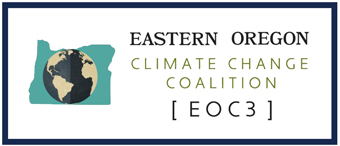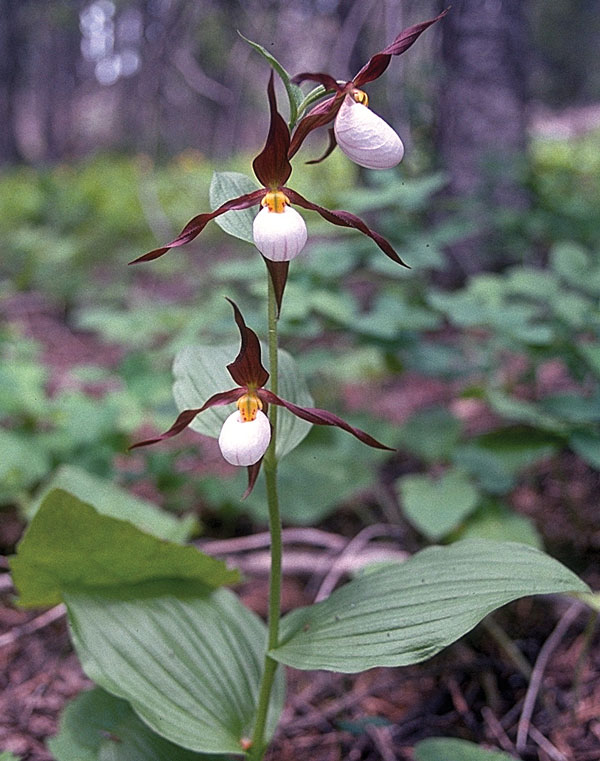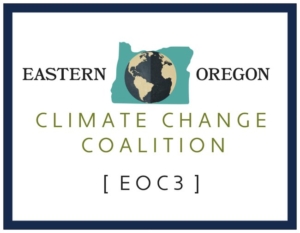Climate Change 2022: Mitigation of Climate Change
United Nations Intergovernmental Panel on Climate Change
The United Nation’s updated global assessment of climate change mitigation progress and pledges, examines the sources of global emissions, explains developments in emission reduction and mitigation efforts, and assesses the impact of national climate pledges in relation to long-term emissions goals.
Table of Solutions
Project Drawdown
This is a fascinating listing of individual solutions reviewed and assessed by Project Drawdown, including their relevant sector(s) and their impact on reducing heat-trapping gases. This list is extensive but not exhaustive, and is regularly updated.
Microgrids
Project Drawdown
A microgrid is a localized grouping of distributed electricity generation technologies, paired with energy storage or backup generation and tools to manage demand or “load.”
This system can operate as a stand-alone entity or its users can plug into the larger grid as needed.
Building Retrofitting
Project Drawdown
See how retrofitting addresses electricity and fuel waste with better insulation and windows, efficient lighting, and advanced heating and cooling systems. Improved efficiency lowers existing buildings’ emissions (and makes those buildings more comfortable living & work environments).
Indigenous Peoples’ Forest Tenure
Project Drawdown
Indigenous communities have long been the frontline of resistance against deforestation; mineral, oil, and gas extraction; and the expansion of monocrop plantations. Their resistance prevents land-based carbon emissions and maintains or increases carbon sequestration.
Growing the acreage under secure indigenous land tenure can increase above- and belowground carbon stocks and reduce greenhouse gas emissions from deforestation.
Beyond carbon, indigenous land management conserves biodiversity, maintains a range of ecosystems services, safeguards rich cultures and traditional ways of life, and responds to the needs of the most vulnerable.
Photo by David Powell
Landfill Methane Capture
Project Drawdown
Landfills are a top source of methane emissions, releasing 12 percent of the world’s total. Landfill methane can be tapped, captured, and used as a fairly clean energy source for generating electricity or heat, rather than leaking into the air or being dispersed as waste. The climate benefit is twofold: prevent landfill emissions and displace coal, oil, or natural gas that might otherwise be used.
The technology to manage biogas is relatively simple.
Grassland Protection
Project Drawdown
Grasslands hold large stocks of carbon, largely underground. Protecting them shields their carbon stores and avoids emissions from conversion to agricultural land or development.
Forest Protection
Project Drawdown
In their biomass and soil, forests are powerful carbon storehouses. Protection prevents emissions from deforestation, shields that carbon, and enables ongoing carbon sequestration.
Improved Rice Production
Project Drawdown
Flooded rice paddies produce large quantities of methane. Improved production techniques, including alternate wetting and drying, can reduce methane emissions and sequester carbon. These techniques also increase farmers’ profits.



